Quetzalcoatlus
Name Origin
Named in honor of Quetzalcoatl, the feathered serpent god of Aztec mythology
Family
Azhdarchidae
Classification
Diapsida, Pterosauria
Habitat (Discovery Location)
United States
Period
Approximately 68 to 66 million years ago (Late Cretaceous)
Length
Approximately 10 to 11m (wingspan)
Weight
Approximately 200 to 250 kg
Diet
Carnivore (Meat-eater)
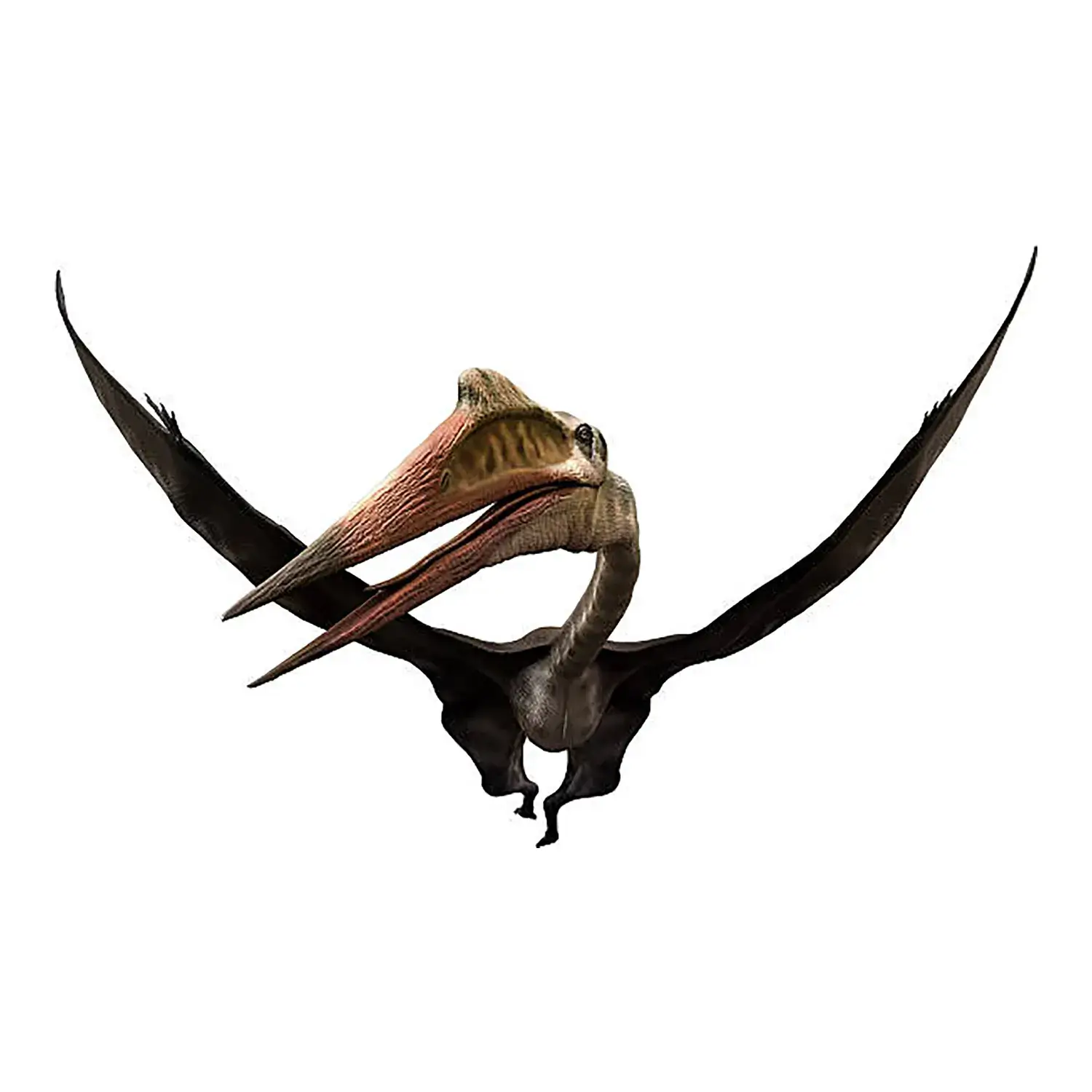
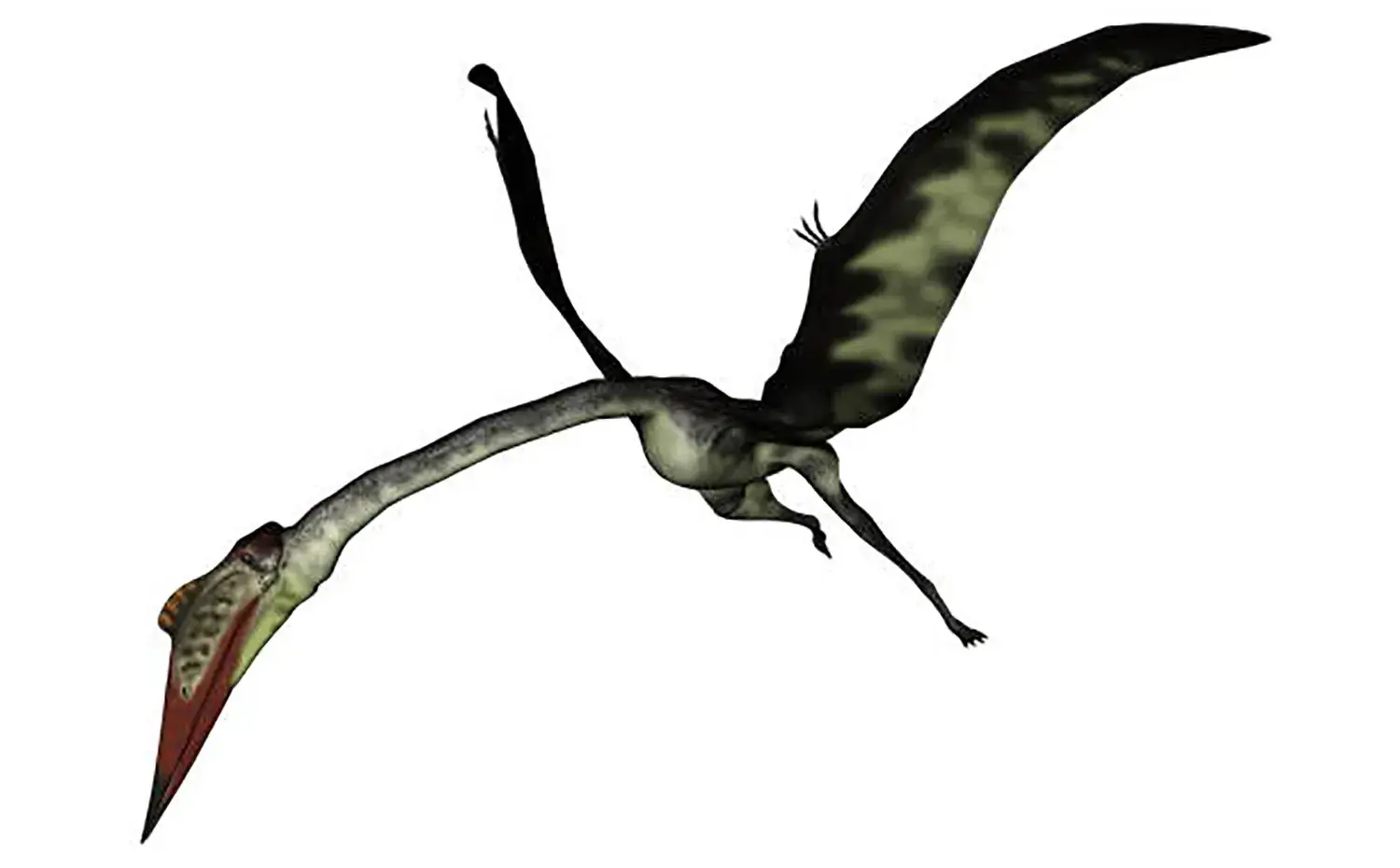
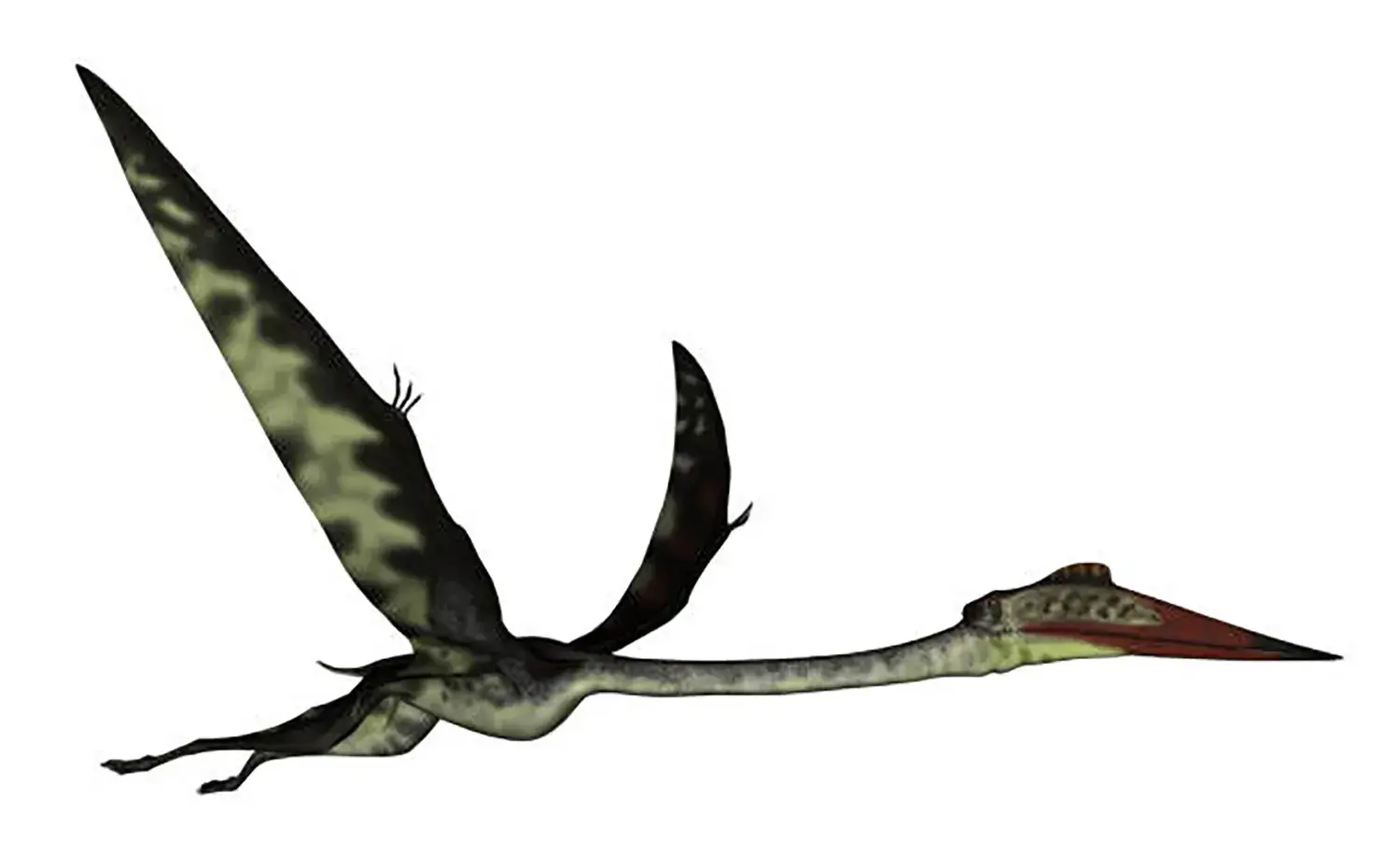
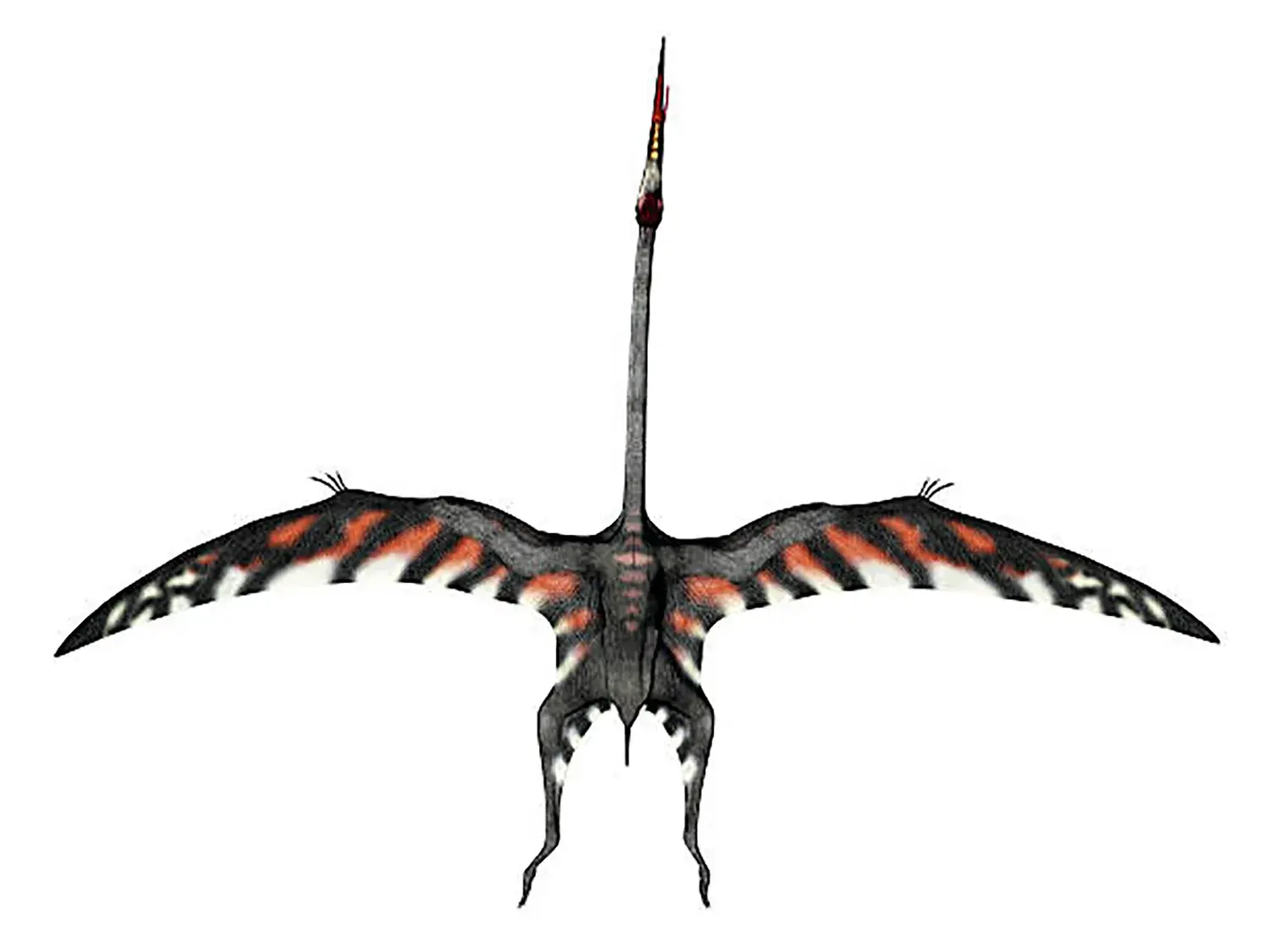
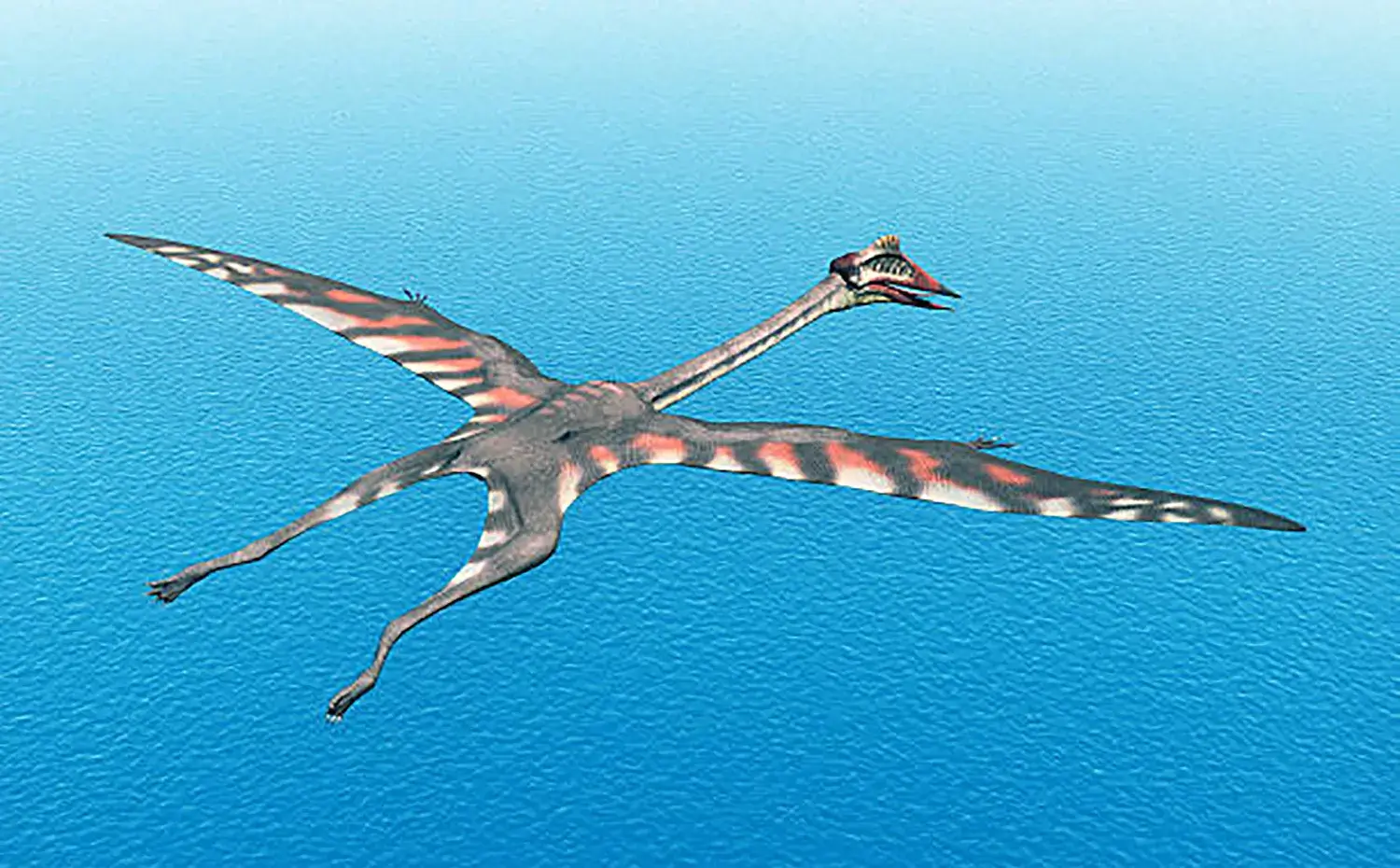
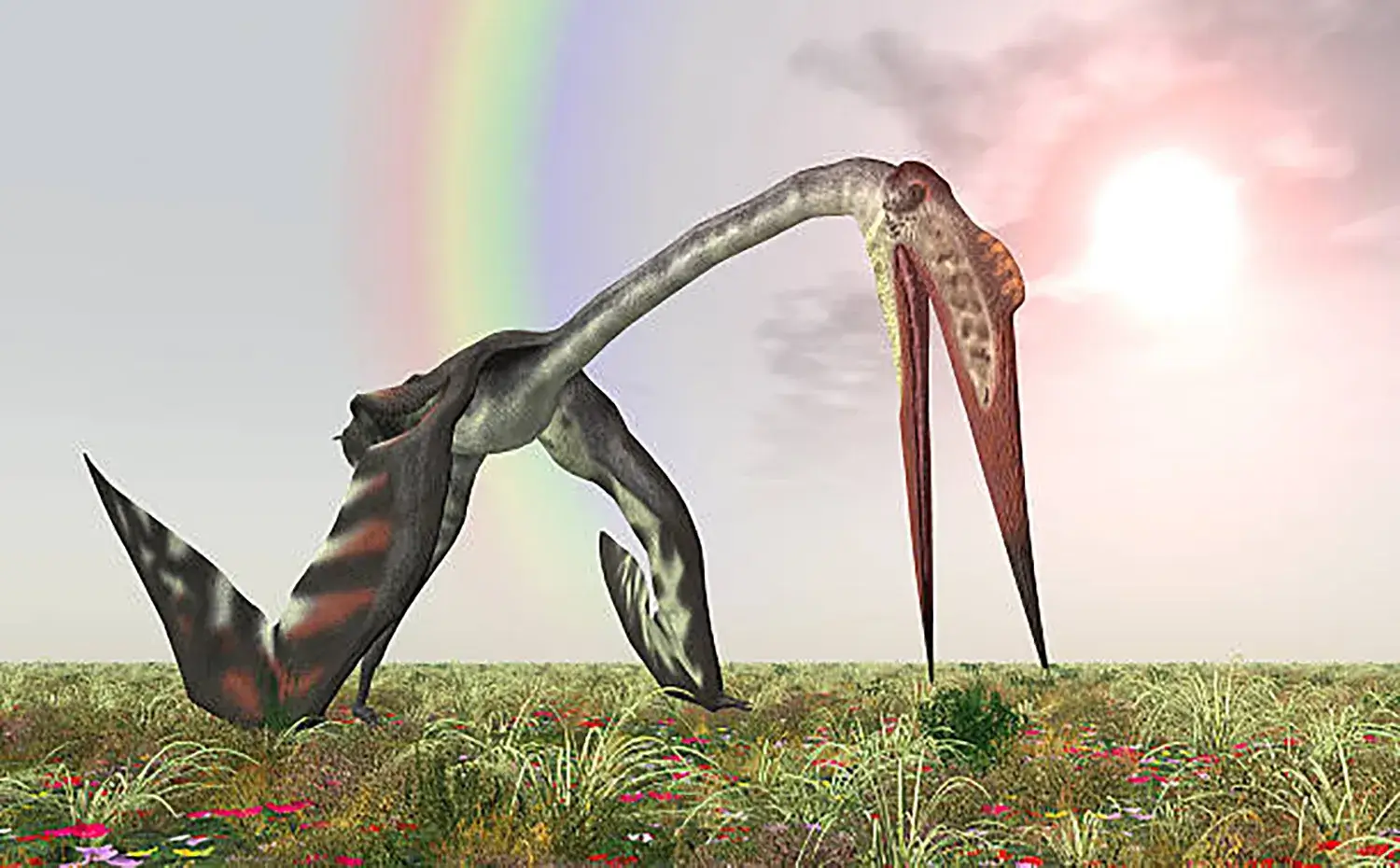
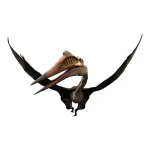
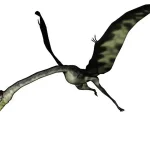
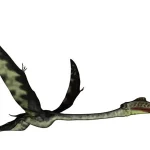
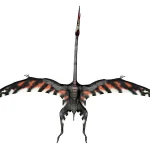
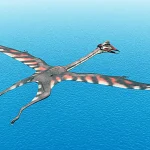
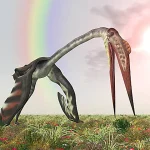


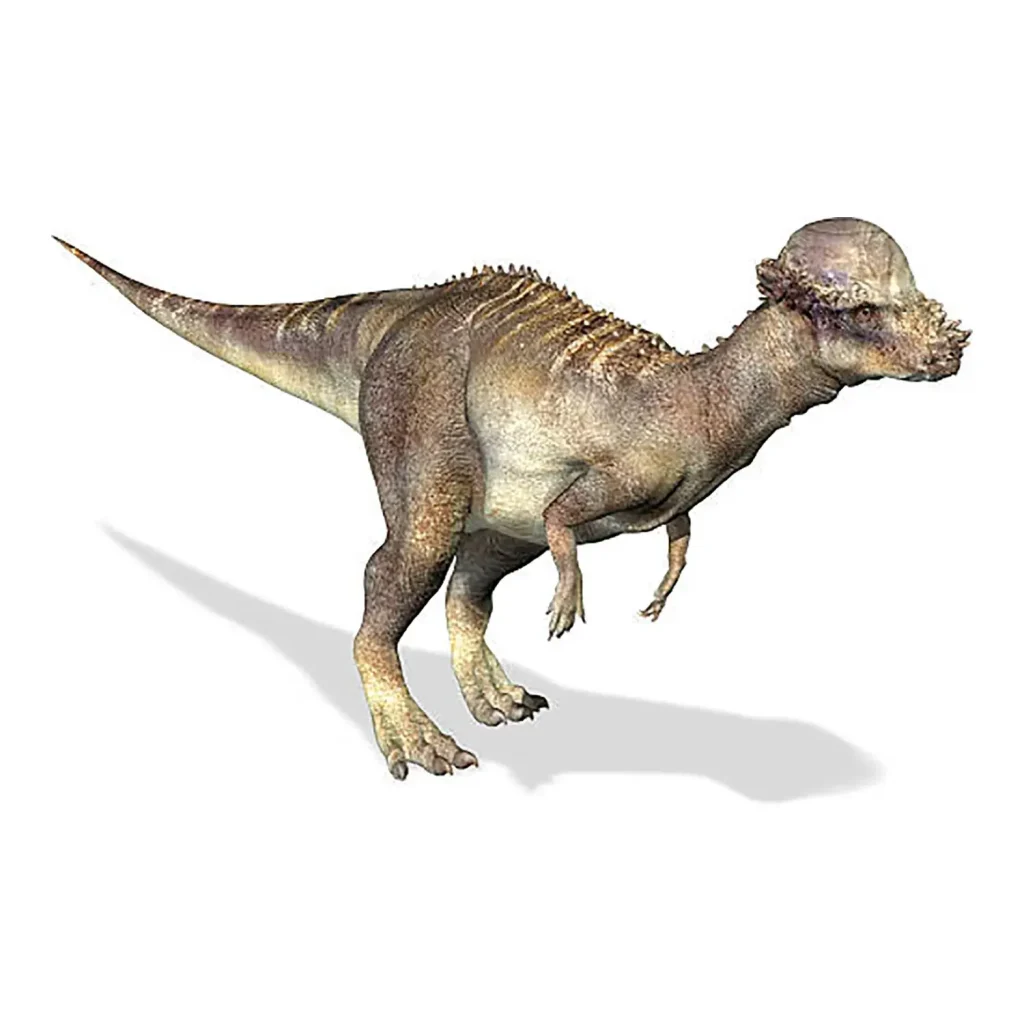
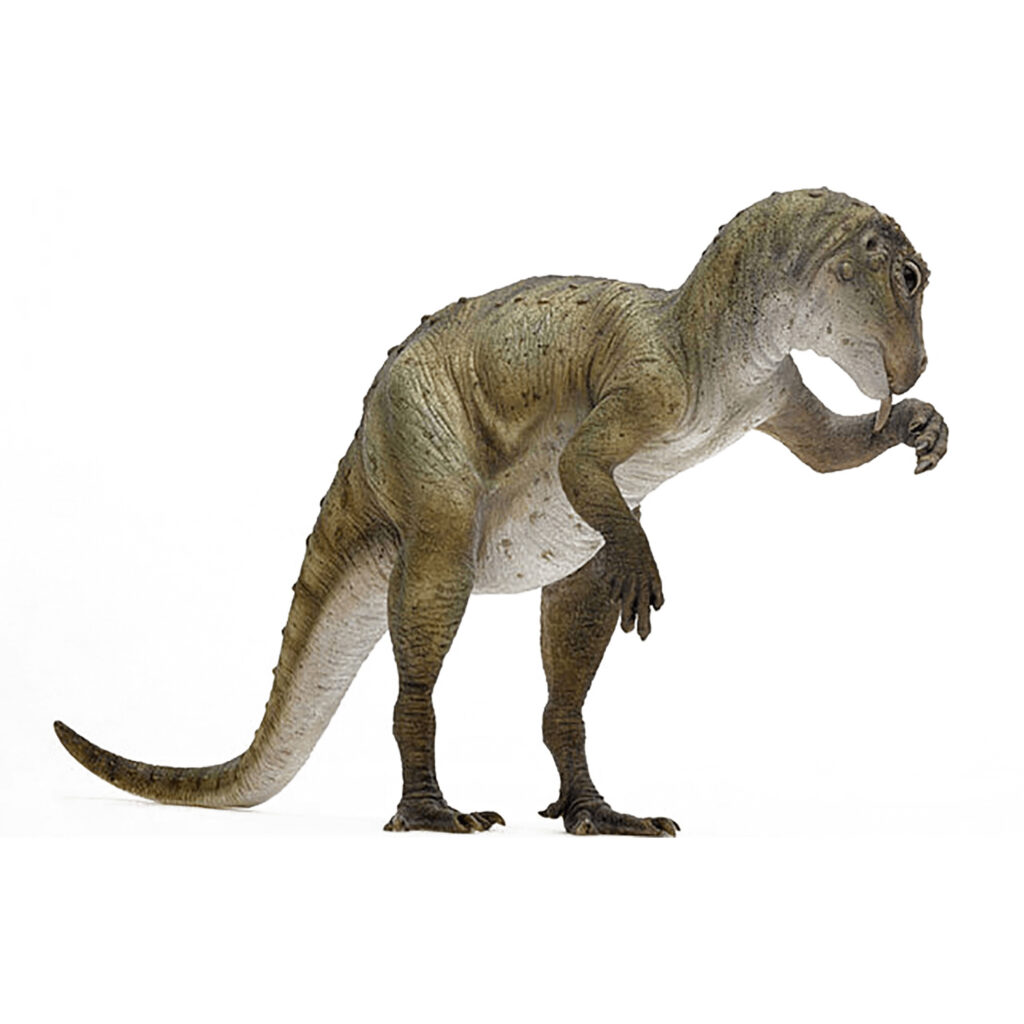
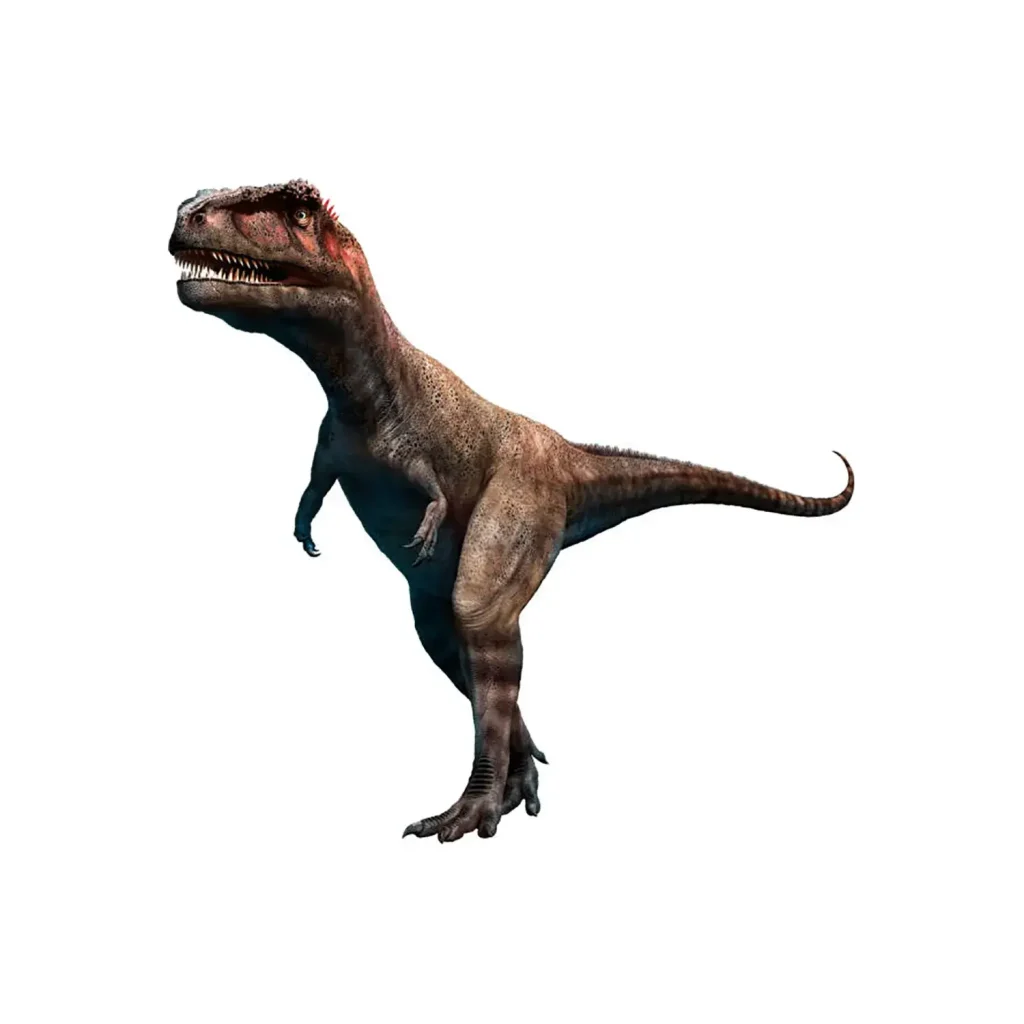














Description
Quetzalcoatlus was a gigantic pterosaur that lived on the North American continent at the very end of the Cretaceous period (approximately 68 to 66 million years ago).
Its name is derived from the Aztec god, Quetzalcoatl, the “feathered serpent god,” and it was the ruler of the skies during the time of Tyrannosaurus.
Debate Surrounding the Largest Flying Animal in History
Quetzalcoatlus is still considered one of the largest pterosaurs ever, but its precise size and flight capabilities are constantly debated.
The Truth and Fluctuation of Wingspan
Based on the initial discovery of a wing bone, its wingspan was estimated to be 12m.
In the past, some theories suggested a maximum of 18m, but recent research on closely related species suggests the consensus average is 10 to 11m.
The Consensus Average for Wingspan is 10 to 11m.
The Mystery of Weight and Flight Muscle Strength
Although this gigantic pterosaur was meticulously lightweighted with hollow bones, its body weight is subject to debate.
One theory suggests a weight of only about 70kg for an adult, but the prevailing weight theory estimates it to be around 200 to 250kg, which accounts for the muscle mass required to move its huge wings.
The Reason for “Largest”
While it was once regarded as the largest ever, reports of other pterosaurs, such as Arambourgiania from Jordan, potentially having a wingspan of over 12m, have shifted the terminology. It is now correctly described as “one of the largest known pterosaurs in history.”
Flight Capability and the Astonishing Takeoff Mechanism
Given its immense size, it was once thought that Quetzalcoatlus could not take off by flapping its wings like modern birds.
The Traditional Gliding Theory
Although it possessed large muscles in its forelimbs, its body was too large. It was believed to have used a gliding flight style, launching itself from high points like mountains and riding air currents.
It was believed to have used a Gliding Flight Style.
The Latest Takeoff Mechanism
However, the latest research suggests that the pterosaur’s uniquely flexible wings formed an “arc-shaped airfoil” (cambered wing).
This structure allowed it to generate large amounts of lift with relative ease, even without reaching high speeds (around 40 km/h) in its takeoff run, suggesting it was highly capable of self-powered takeoff without relying on updrafts.
Ecology, Diet, and Unexplained Appearance
While the few discovered bones confirm its incredible size, its ecology is still highly speculative.
Dietary Diversity
Given its long, slender, toothless beak, there are multiple theories about its diet.
These include the aquatic skimming theory, where it would catch fish by gliding over water, the terrestrial feeding theory, where it would snatch up small animals in wetlands and plains like a heron, and even a scavenging theory, similar to the African marabou stork.
It is likely that its ecology was diverse, depending on its environment.
Physical Characteristics and Locomotion
Quetzalcoatlus did not have feathers but possessed pycnofibers (soft fuzz), like other pterosaurs.
Fossilized footprints suggest that it walked quadrupedally on the ground.
It Likely Walked Quadrupedally on the Ground.
Fragmentary Fossils
Since the initial discovery of a single arm bone in 1971, a complete skeleton has yet to be found.
All currently displayed mounted skeletons are reconstructions that use bones from closely related species, meaning much about its true appearance remains a mystery.
Quetzalcoatlus was one of the final evolutionary forms of pterosaurs, surviving until just before the extinction of the dinosaurs, and its immense mystery continues to stimulate the curiosity of scientists today.